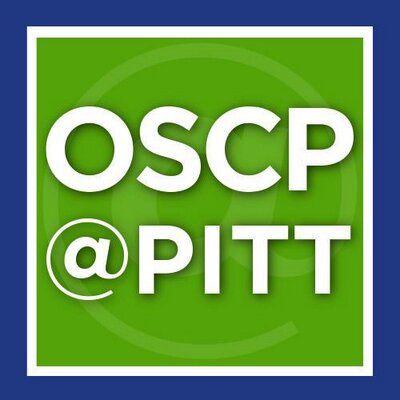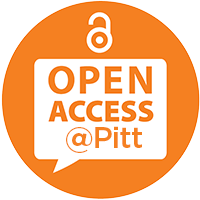Bruk, Liza
(2020)
Development of a Novel Topical Controlled Release System for Otic Drug Delivery.
Doctoral Dissertation, University of Pittsburgh.
(Unpublished)
Abstract
Acute otitis media (OM) is the leading indication for pediatric antibiotic prescriptions, accounting for 25%. While the use of topical ear drops can minimize antibiotic dose and adverse systemic effects compared to oral antibiotics, their use has limitations due to low patient compliance, high dosing frequency, and difficulty of administration. Improper treatment can lead to chronic OM and may require surgical intervention. Previous studies have shown that gel-based otic delivery is possible with invasive intratympanic injection or chemical permeation enhancers which have demonstrated toxicity effects. Further, infection or trauma can cause tympanic membrane (TM) perforation, which can be chronic in up to 46% of cases. Even healing perforations may require months for complete closure, increasing susceptibility to infection, hearing loss, and other side effects. Current treatment standards include surgical grafting, which may result in similar detrimental side effects. Research has accordingly focused on alternative grafts and growth factor or stem cell therapy, which come with logistical and regulatory hurdles.
A novel method of delivering therapeutics to the TM and middle ear was developed using a topical, thermoresponsive gel depot containing antibiotics or stem cell conditioned media (CM)-loaded polymer microspheres. Results indicate that the noninvasive, sustained presentation can allow therapeutically relevant drug concentrations to penetrate the TM to the middle ear for up to 14 days from one topical administration. Auditory brainstem recordings indicate that complete coverage of the TM is achieved and administration can be scaled up if needed. Biocompatibility of all materials is indicated by cytotoxicity testing as well as increased wound healing in CM and CM MS-treated in vitro scratch wound proliferation assays. Despite some variability in the models, in vivo data suggest the system may treat bacterial infection and tympanic membrane perforation, with future studies investigating further scaled up release and longitudinal safety testing. To our knowledge, this dissertation represents the first truly topical drug delivery system to the middle ear for OM with intact TM without the use of CPEs and topical delivery of stem cell secretome to the TM for chronic perforation healing.
Share
| Citation/Export: |
|
| Social Networking: |
|
Details
| Item Type: |
University of Pittsburgh ETD
|
| Status: |
Unpublished |
| Creators/Authors: |
|
| ETD Committee: |
|
| Date: |
29 September 2020 |
| Date Type: |
Publication |
| Defense Date: |
22 June 2020 |
| Approval Date: |
29 September 2020 |
| Submission Date: |
7 July 2020 |
| Access Restriction: |
1 year -- Restrict access to University of Pittsburgh for a period of 1 year. |
| Number of Pages: |
170 |
| Institution: |
University of Pittsburgh |
| Schools and Programs: |
Swanson School of Engineering > Bioengineering |
| Degree: |
PhD - Doctor of Philosophy |
| Thesis Type: |
Doctoral Dissertation |
| Refereed: |
Yes |
| Uncontrolled Keywords: |
controlled release; topical drug delivery; otic drug delivery; biomaterials; acute otitis media; tympanic membrane perforation |
| Date Deposited: |
29 Sep 2021 05:00 |
| Last Modified: |
29 Sep 2021 05:15 |
| URI: |
http://d-scholarship.pitt.edu/id/eprint/39327 |
Metrics
Monthly Views for the past 3 years
Plum Analytics
Actions (login required)
 |
View Item |








